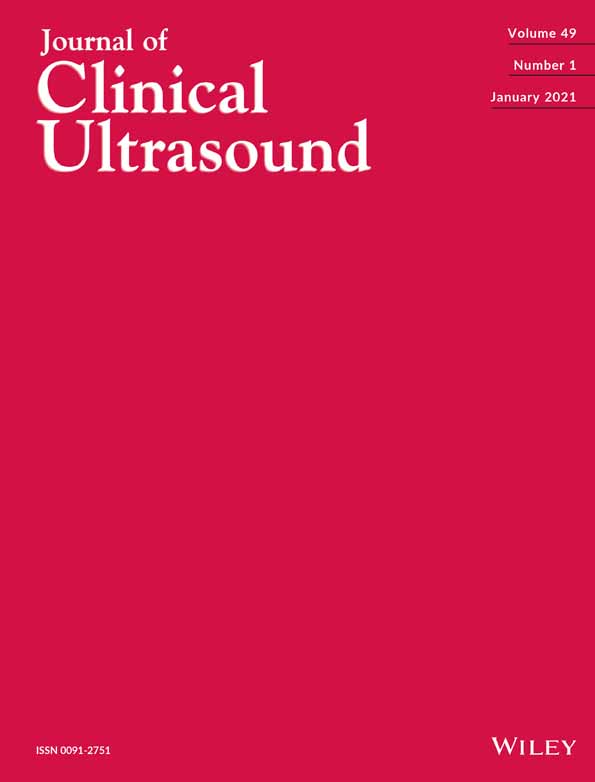Three-dimensional power Doppler ultrasonography indicates that increased placental blood perfusion during the third trimester is associated with the risk of macrosomia at birth
Abstract
Purpose
To investigate the association between placental blood perfusion and the occurrence of macrosomia at birth.
Methods
This was a prospective cohort study including women with singleton pregnancies that aimed to measure placental blood perfusion using three-dimensional (3D) power Doppler ultrasonography in the second and third trimester. We acquired three indices of placental blood flow, including vascularization index (VI), flow index (FI), vascularization flow index (VFI), along with routine two-dimensional (2D) biometric measurements, including abdominal circumference (AC) and estimated fetal weight (EFW). Pregnancy outcomes were divided into two groups: newborns with a normal birth weight and those with macrosomia. We then compared all of the recorded variables between these two groups. We also determined the predictive efficiency of each variable using receiver-operating characteristic (ROC) curves.
Results
The placental 3D power Doppler indices, including VI and FI, were significantly higher in the third trimester of pregnancies developing macrosomia, but not during the second trimester, as compared to those with a normal birth weight. ROC curves analysis for third-trimester VI and FI suggested a slight ability to predict macrosomia; this was also the case for AC and EFW. Interestingly, VI showed high sensitivity and low specificity, while FI showed low sensitivity and high specificity; this was also the case for AC and EFW.
Conclusions
Three-dimensional power Doppler ultrasound indices were significantly higher during the third-trimester for pregnancies developing macrosomia. However, these indices had only moderate ability to predict macrosomia.
CONFLICT OF INTEREST
The authors declare that we have no conflict of interest.




